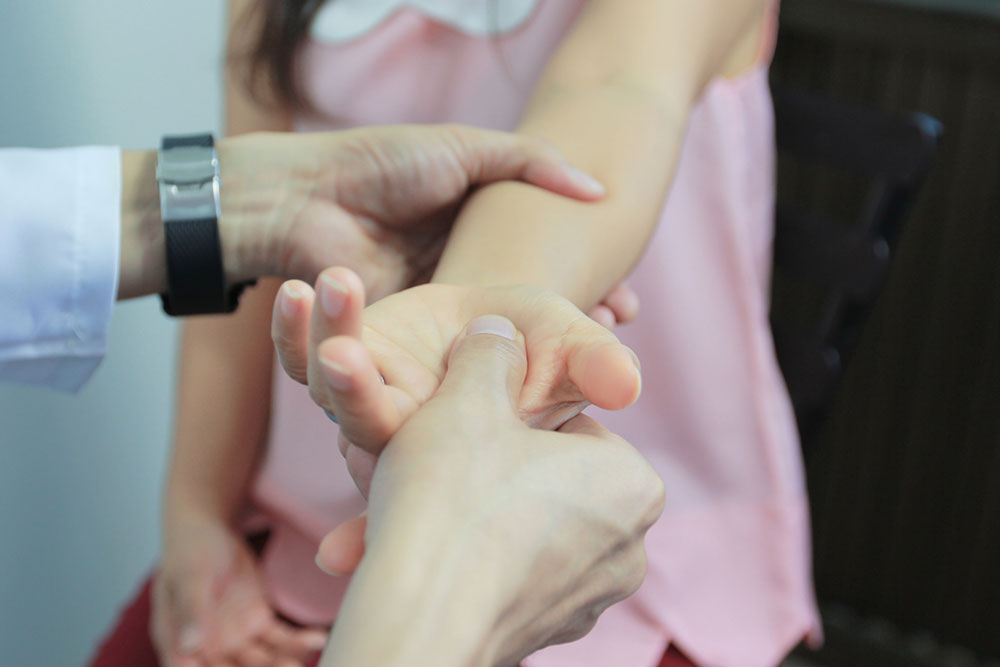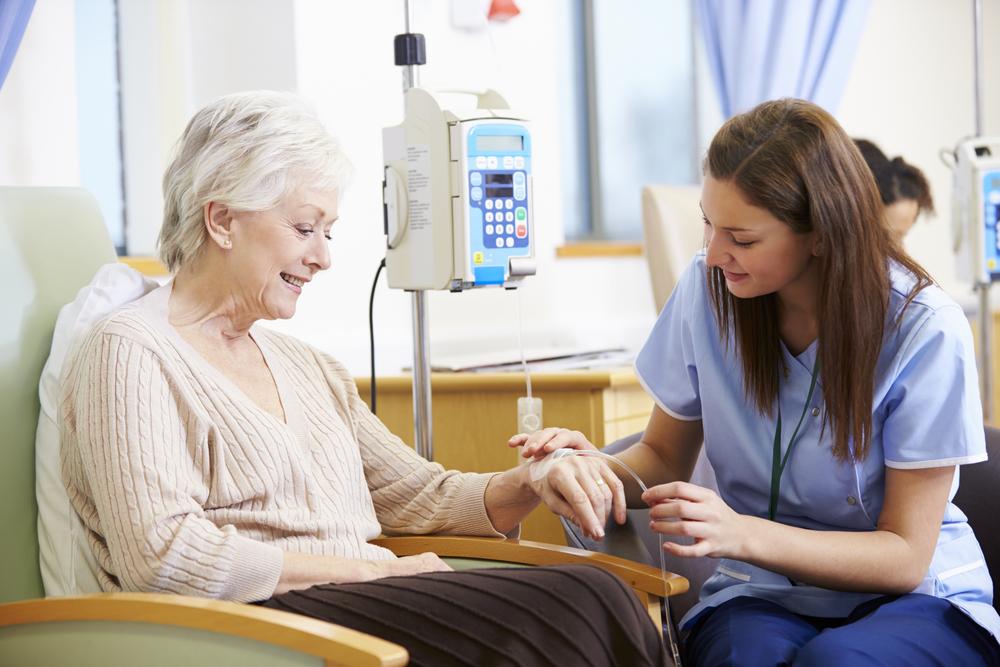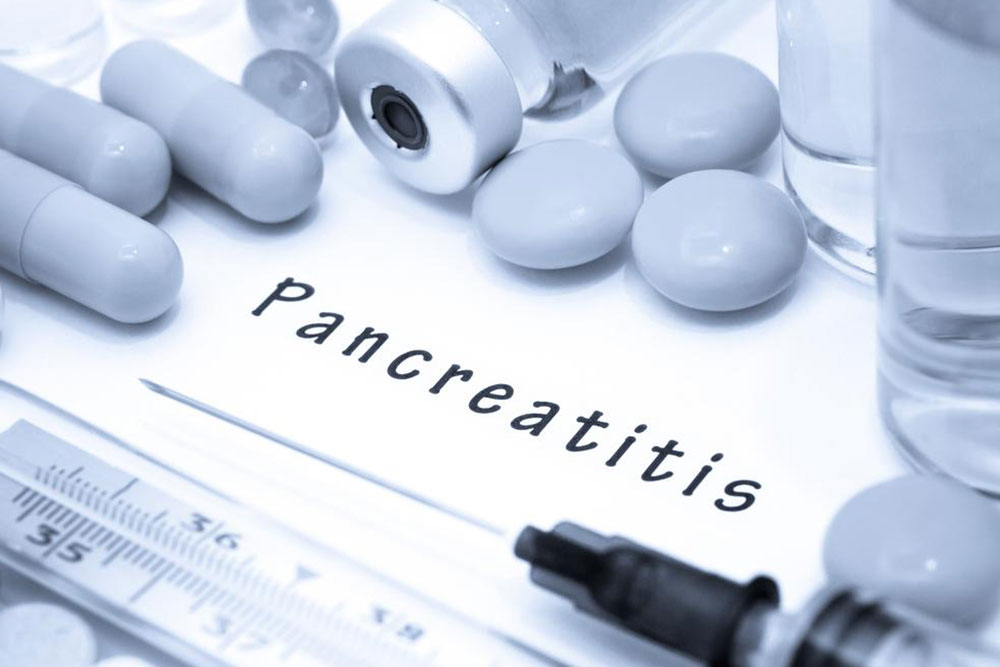Comprehensive Guide to Parkinson’s Disease: Symptoms, Diagnostic Methods, and Treatment Options
This comprehensive guide covers Parkinson’s disease, highlighting symptoms, diagnostic methods, and treatment options. It examines both surgical and medical therapies, including innovative research and lifestyle strategies to improve patient quality of life. Suitable for patients, caregivers, and healthcare professionals, it provides essential insights for effective disease management.

Understanding Parkinson’s Disease: Symptoms, Diagnosis, and Management Strategies
Parkinson’s disease (PD) is a progressive neurological condition impacting movement and coordination, often appearing around age 60 but sometimes affecting younger individuals. While a cure is not yet available, modern treatments and surgical interventions can effectively manage symptoms and enhance quality of life.
Recognizing Early Signs and Symptoms
Symptoms differ among patients but commonly include:
Slowed movement or bradykinesia
Tremors at rest
Muscle stiffness and rigidity
Difficulty with balance and shuffling gait
Facial masking and decreased blinking
Drooling and swallowing challenges
Altered handwriting and quieter voice
Drop in blood pressure when standing (orthostatic hypotension)
Digestive and urinary issues
Loss of smell and sleep disruptions
Cognitive issues like trouble concentrating
Diagnosis Process for Parkinson’s Disease
No specific blood test confirms PD; diagnosis mainly depends on clinical evaluation, neurological exams, and symptom review. Imaging techniques such as SPECT scans (DaTscan), MRI, and blood tests help rule out other conditions and support diagnosis.
Treatment Options for Symptom Control
Although PD has no cure, various advanced therapies can mitigate symptoms effectively.
Deep Brain Stimulation (DBS)
This surgical technique involves implanting electrodes in specific brain regions such as the subthalamic nucleus or globus pallidus. Guided by MRI and neurophysiological mapping, these electrodes connect to a neurostimulator in the chest that emits controlled electrical impulses to reduce tremors and rigidity. The device settings can be adjusted by patients to optimize symptom relief.
The treatment aims to rebalance brain signals and enhance motor functions.
MR-Guided Focused Ultrasound (MRgFUS)
This minimally invasive method employs MRI to precisely target brain areas responsible for tremors. Focused ultrasound waves ablate problematic tissue, providing symptom relief without surgery.
Surgical Procedures
When symptoms become severe, surgical interventions like stereotactic surgery are considered. These procedures target deep brain structures such as the thalamus, globus pallidus, or subthalamic nucleus to improve movement difficulties.
Pallidotomy
For milder cases, small lesions are created in the globus pallidus to help control movement.
Thalamotomy
For severe tremors, part of the thalamus is destroyed to reduce involuntary movements, mainly targeting tremors alone.
Innovative Treatments and Ongoing Research
Research is continuously exploring new options including:
Stem Cell Therapy: Aims to replace damaged neurons and slow disease progression.
Neuron Repair Strategies: Focused on restoring or repairing neuronal function to ease symptoms.
Gene Therapy: Targets genetic mutations related to PD to alter disease progression.
Additional Lifestyle and Supportive Approaches
Managing PD also involves lifestyle modifications such as:
Eating fiber-rich foods, staying hydrated, and incorporating omega-3 fatty acids.
Engaging in regular physical activity like walking, dancing, or stretching.
Collaborating with physiotherapists, occupational therapists, and speech therapists to improve mobility, daily routines, and speech clarity.
Implementing fall prevention measures, such as cautious turning and avoiding heavy objects during walking.


